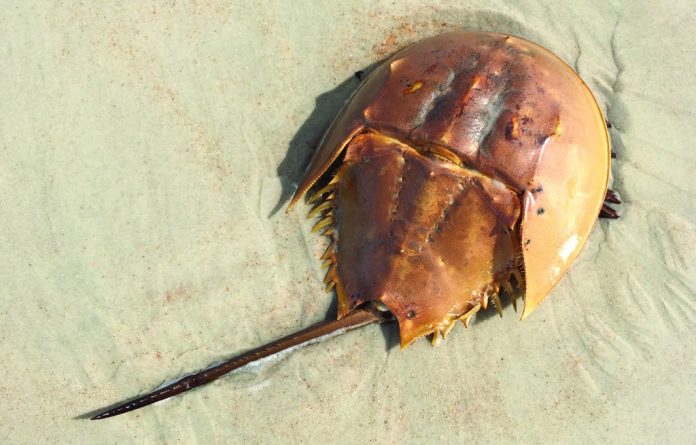
Cool sea breezes…
Breaking waves playing tag with shorebirds on sandy beaches…
Laughing gulls braying like hyenas…
Sandy feet…
These are a few of the images that dominate memories from long ago summer vacations at the Jersey shore.
Near constant winds shape the seashore’s physical environment.
Even on still days, ocean winds that may originate thousands of miles away propel waves that beat rhythmically upon the beach.
Where sand dunes are valued and protected, winds sculpt them and native beach vegetation holds them in place.
Coastal breezes can make or break a visit to the beach.
Sea breezes moderate temperatures under a blazing sun and keep coastal temperatures about 10 degrees cooler than just a few miles inland.
But land breezes blowing out to sea bring deer flies, horse flies and biting green heads.
On a bad day, relief is found only under the protection of hats, towels and insect repellent.
Equally important are tidal forces powered largely by the gravitational pull of the moon.
Tides peak and ebb twice each day, but the tidal schedule varies from day to day.
In fact, the schedule advances about 50 minutes each day, due to the rate at which the moon orbits the earth.
Yet as surely as the sun rises each morning and waves pound the beach, so too, do tides rise and fall.
Within this dynamic world of wind, waves and tides exist the tidal zone, the area between low and high tide, where myriad species thrive.
Evidence is always found at the wrack line, the limit of the high tide.
Here seaweed, small active crustaceans (called beach fleas or beach hoppers), shells, skeletons and sometimes entire dead bodies of many invertebrates wash ashore.
Clams, oysters, mussels and scallops are among the most common shells found.
At sunrise, sandy beaches teem with activity. Often, a handful of vacationers gather to watch the sun appear.
But because the horizon is so precise on the coast, the sun makes a surprisingly hasty entrance.
At home, ragged tree lines give sunrise a leisurely feel. At the beach, though, the sun almost seems to pop instantly above the horizon.
Turn your head, and you might actually miss some of nature’s most glorious artwork.
To live in the tidal zone, creatures must anchor themselves to the bottom, swim strongly or float aimlessly.
Horseshoe crabs invade sandy beaches in mid-May to lay eggs, but any gathering of children at the water’s edge usually means one has made a late appearance.
These harmless crustaceans have visited shorelines for eons, and their eggs sustain millions of shorebirds as they move up the east coast every spring.
Another conspicuous beach crustacean is a small egg-shaped critter that seems to vanish from the sand without a trace.
They are mole crabs, ghostly creatures that appear and disappear in the blink of an eye as they burrow into wet sand.
Watch for them while building sand castles.
Speaking of apparitions, get to the beach before dawn, and you might glimpse a ghost crab darting sideways across the sand to its burrow.
Perfectly camouflaged to match the sand they inhabit, ghost crabs blend into the beach when they stop moving.
They disappear into their burrows just before dawn to escape the hungry jaws of gulls, terns and other diurnal predators.
And no description of coastal waters would be complete without including jellyfish and clams.
Nothing can ruin a day on the beach faster than an influx of jellyfish from a storm the night before.
Their stinging tentacles cause an itchy rash that can last for several hours.
In open water, these stinging tentacles paralyze small fish and other prey that wander within their reach.
To find live clams, on the other hand, just dig beneath the small holes that dot the sand at the water’s edge.
The holes are the tips of syphon tubes through which flow the oxygen- and food-rich water that sustain the clams.
With any luck, you’ll find such wonderfully named species as quahogs, coquinas, razors and jackknives.
For more information about beach life, consult Atlantic Seashore: Beach Ecology from the Gulf of Maine to Cape Hatteras by Scott Shumway (2008, Globe Pequot Press).












